Prepare for a tantalizing culinary revolution: 3D printed food might soon grace the shelves of your local store. This sustainable approach could combat over-fishing, but what about the taste and cost? And here’s the twist: if it’s machine-made, can it truly be called fish? Brace yourself for a flavor-filled future where the boundaries of traditional cuisine are pushed, as we explore the potential of 3D printed food.
3D Printed Fish Fillets: A Sustainable Alternative to Traditional Fishing
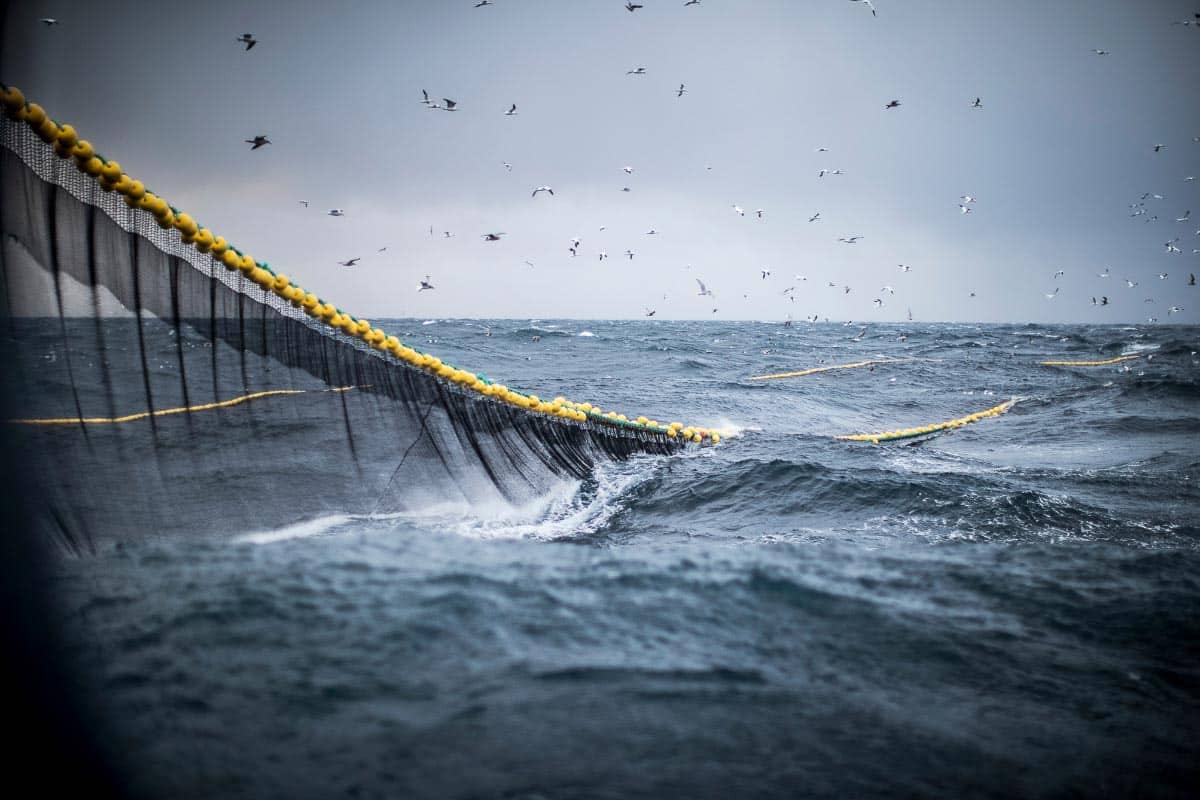
With overfishing becoming a major issue, food technology companies are looking for more sustainable alternatives to traditional fishing. One such solution is 3D printed fish fillets, which are made from fish cells that are cultivated in a lab rather than caught in the wild. By using 3D printing technology, these fillets can be produced with minimal waste, reducing the environmental impact of traditional fishing methods.
Revolutionary Food Technology
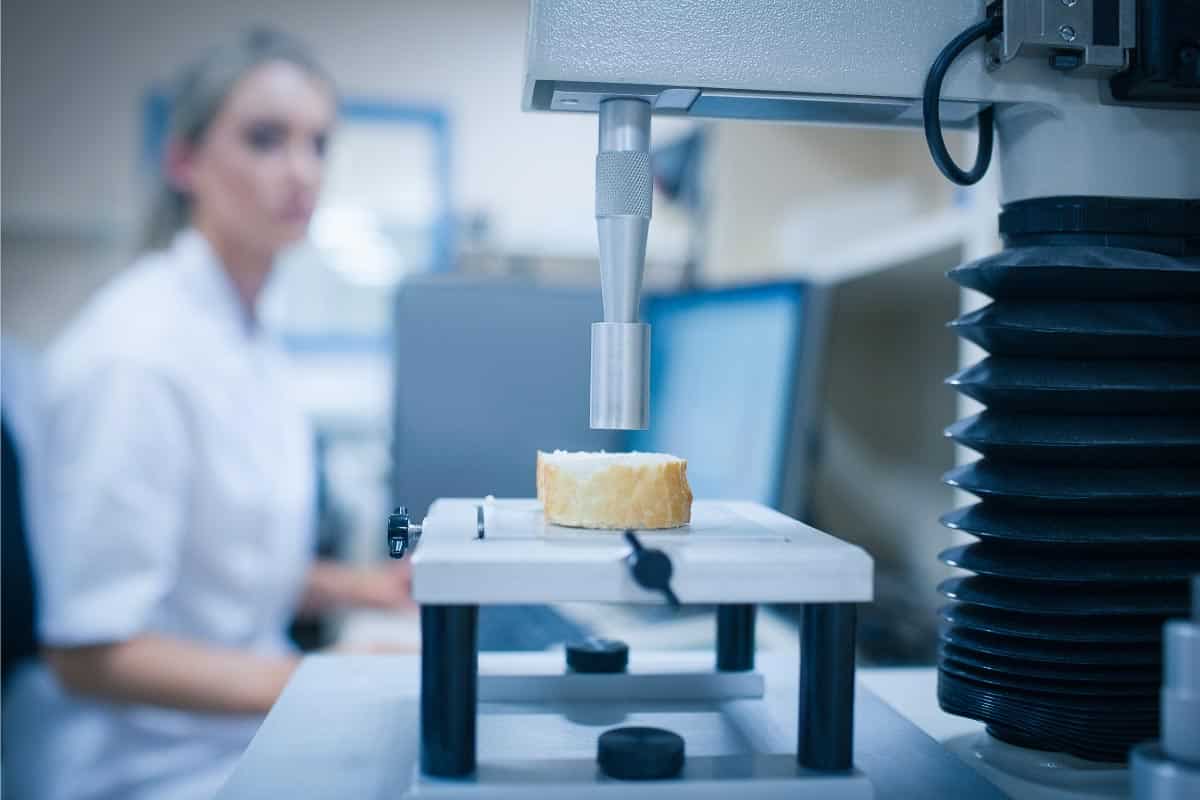
With advancements in food technology, we are seeing a shift in the way we think about food. From plant-based meats to 3D printed food, new innovations are allowing us to create food in ways that were once unimaginable. These new technologies offer the potential to revolutionize the food industry, creating more sustainable and ethical food options for consumers. All true, but do you want to eat lab-grown food?
3D Printed Food: The Future Is Now

The latest innovation to come out of the food technology industry is 3D printed fish fillets. These fillets are made using a unique process that involves culturing fish cells and then transferring them to a 3D printer. The end result is a fillet that looks and tastes like a real fish, but is produced without the environmental impact of traditional fishing methods. Have you tasted it? What do you think?
Who is Making 3D Fish?

The companies behind the 3D printed fish fillets are Israel’s Steakholder Foods and Singapore-based Umami Meats. These companies are at the forefront of food technology, working to create sustainable and ethical food options for consumers. By using 3D printing technology, they are able to produce fish fillets in a way that is both environmentally friendly and humane.
This video from Umami Meats describes their process and goals.
How Are 3D Fish Fillets Made?
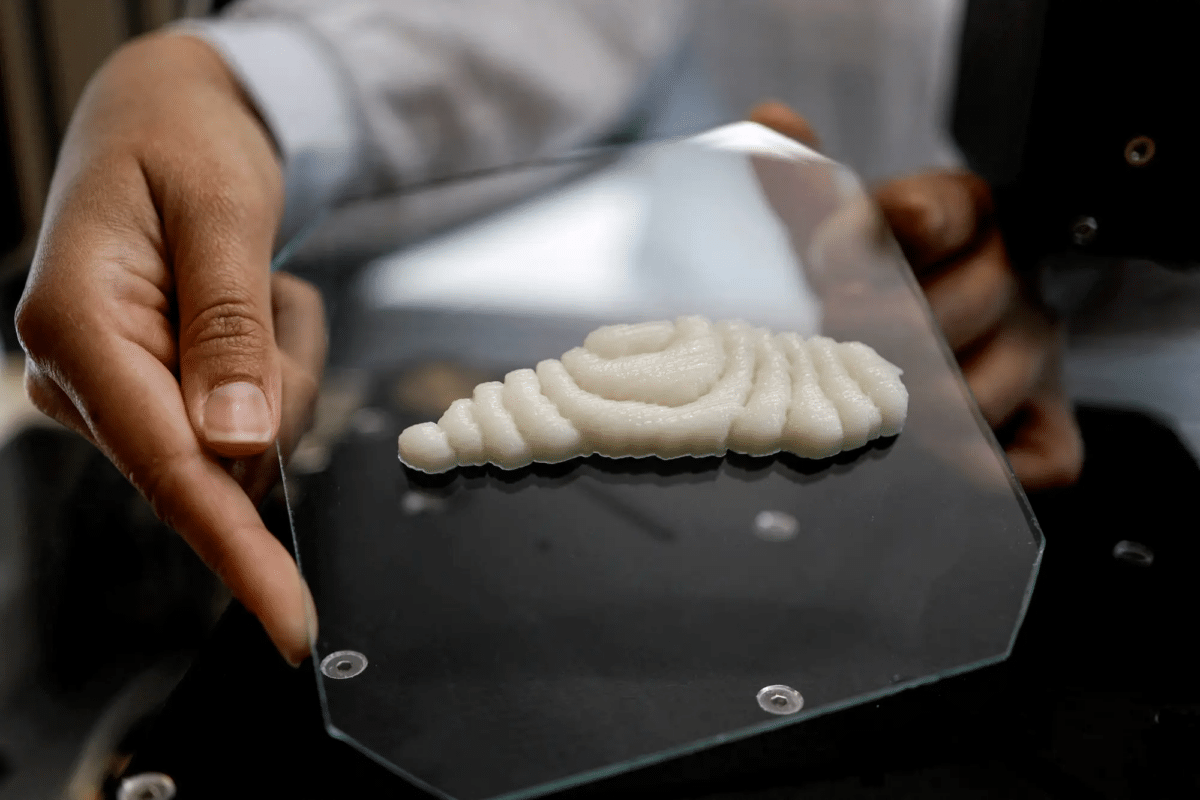
The process of creating 3D printed fish fillets involves cultivating fish cells and then transferring them to special 3D printers. These printers use a special “bio-ink” solution that is made up of plant-based ingredients and fish cells to create the fillets. This process allows for a more sustainable and ethical way of producing fish, without the environmental impact of traditional fishing methods.
The Process Is “Clean” And “Antibiotics-Free”

Steakholder Foods CEO Arik Kaufman has described the process of creating 3D printed fish fillets as “clean” and “antibiotics-free.” Unlike traditional fish farming, which often involves the use of antibiotics to prevent disease, the 3D printing process does not require the use of antibiotics. This means that the resulting fillets are healthier and more sustainable than conventionally farmed fish.
Does 3D Fish Taste Like Fish?

One of the benefits of 3D printed fish fillets is that the texture and flakiness of a real fish can be exactly replicated. This means that consumers can enjoy the taste and texture of fish, without the environmental impact of traditional fishing methods. Additionally, the ability to replicate the texture of real fish means that these fillets can be used in a variety of dishes, just like traditional fish.
3D Fish Is Expensive

The 3D printing technology used to create fish fillets from cultivated cells is currently expensive due to the dilution of a “bio-ink” solution with plant-based ingredients. This means that the cost of production is high, making it difficult for these products to compete with traditional fish caught through fishing. However, as the technology advances and becomes more efficient, the cost of production is expected to decrease.
3D Fish Products to Launch in 2024

Israel’s Steakholder Foods and Singapore-based Umami Meats are currently working to bring their 3D printed fish fillets to the market. The companies are expecting to officially launch their first products in 2024, starting in Singapore and eventually expanding to the US. While there is still skepticism about the taste and texture of these lab-grown fillets, they offer a potentially sustainable alternative to traditional fishing methods that have negative impacts on the environment. The fillets are ready to cook as soon as they leave the printer!
Quality Will Increase, Price Will Decrease

Despite the current high cost of producing 3D printed fish fillets, industry experts predict that as time goes by, the complexity and level of these products will continue to increase, while the prices linked to producing them will decrease. This is a promising outlook for sustainable food alternatives, as it suggests that lab-grown meat and fish could become more widely available in the future, helping to reduce the negative environmental impacts of traditional farming and fishing methods.
But Is It “Fish?

According to a press release from Umami Meats and Steakholder Foods®, they are “working to optimize the nutritional profile to achieve the same amino acid, omega-3 fatty acid, and micronutrient profile that consumers expect from high quality fish products.” For now, we cannot assure what the nutritional profile is, so whether it would be appropriate to add to your diet if you have specific nutritional needs is yet to be determined.
In the meantime how about some traditional fish recipes!
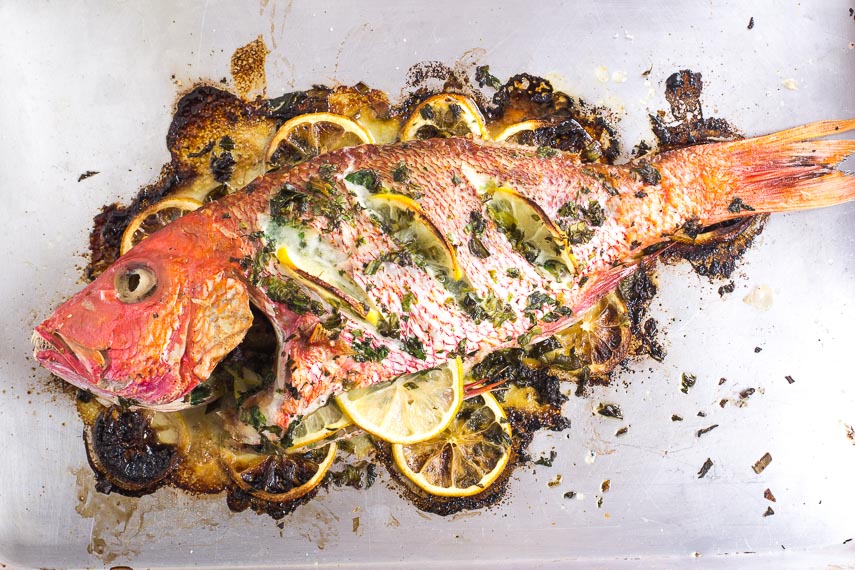
Fish is a lean, healthy, delicious, and versatile protein, but we always hear people say they don’t know how to cook it! Cod, flounder, tilapia, trout, salmon, haddock – there are so many to choose from, and we have recipes to get you started, from simple (one-pot and sheet-pan) to fancy – even ones using your Instant Pot. Click for A Seafood Lover’s Dream: 22 Fish Recipes to Transport You to the Coast
12 Simple Low FODMAP Salmon Recipes You Can Make In A Flash!
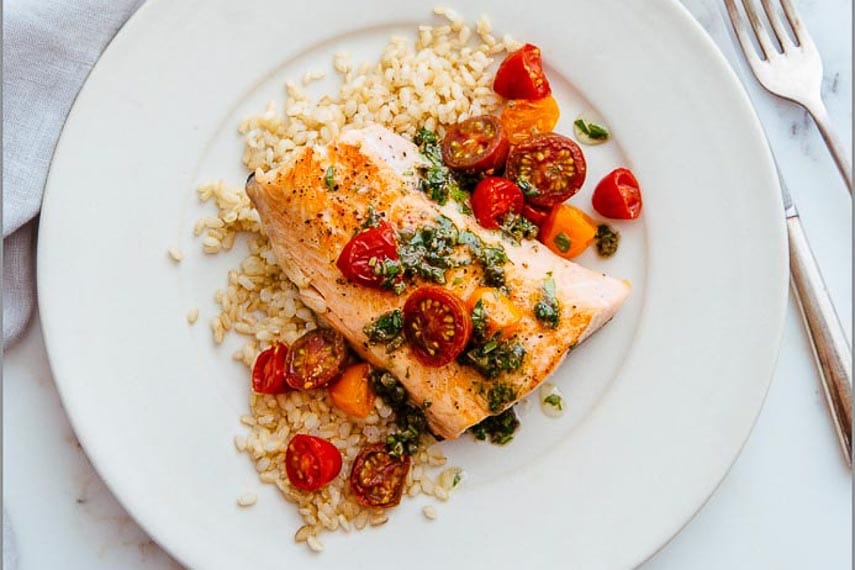
Eating nutritiously can be delicious, with heart-healthy salmon! Salmon is high in potassium, iron and vitamins D, and B12, as well an excellent protein source. It is also a treasure-trove of omega-3 fatty acids, which can lower our chances of cardiovascular disease, some types of cancer, and even dementia and Alzheimer’s. We have 12 recipes for you to add to your salmon repertoire. Click for 12 Simple Low FODMAP Salmon Recipes You Can Make In A Flash!







